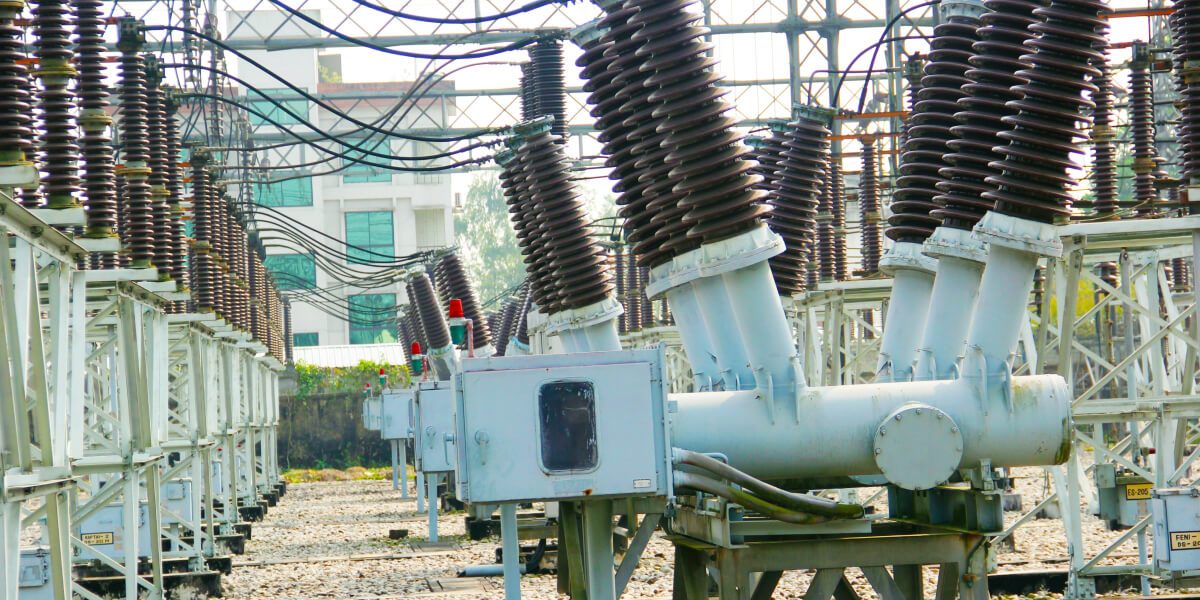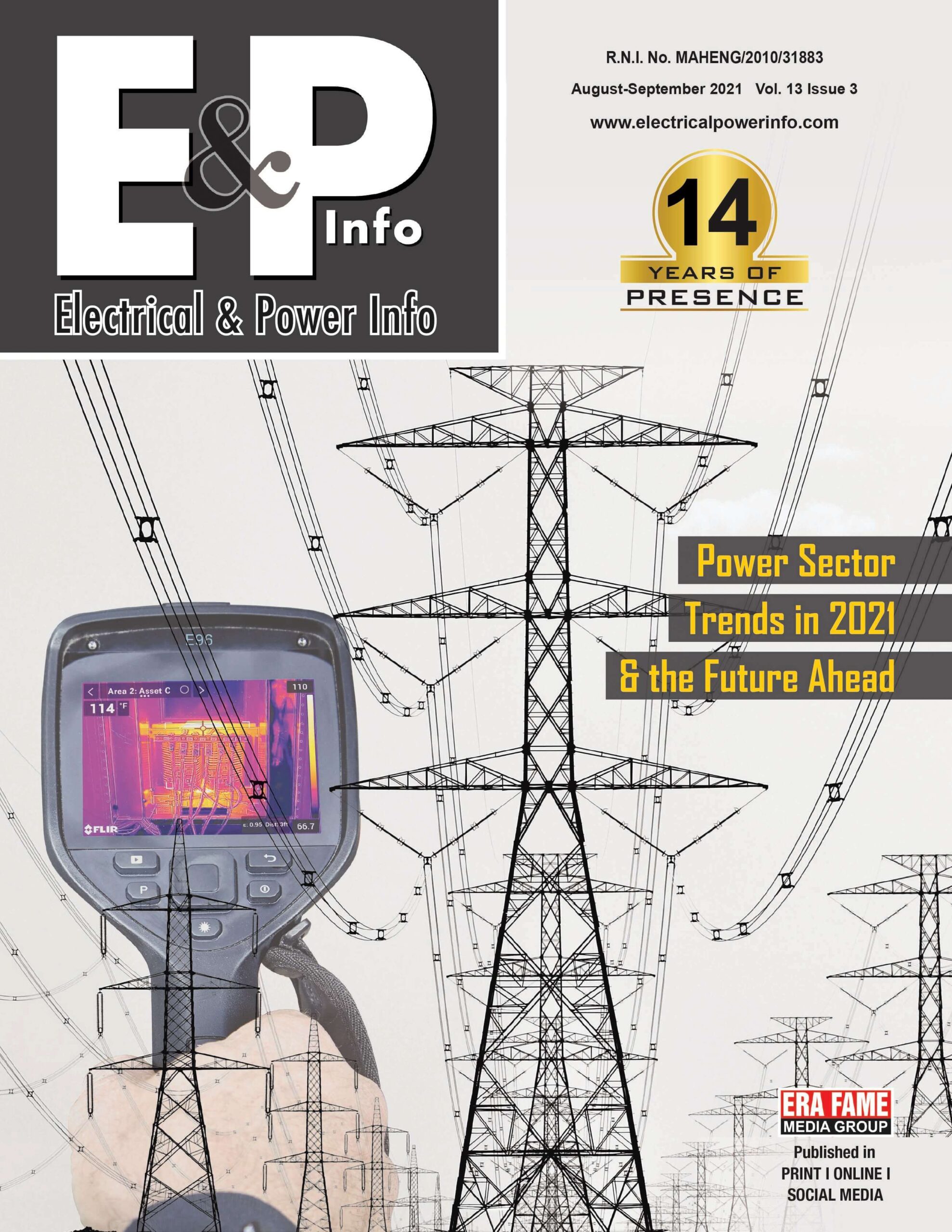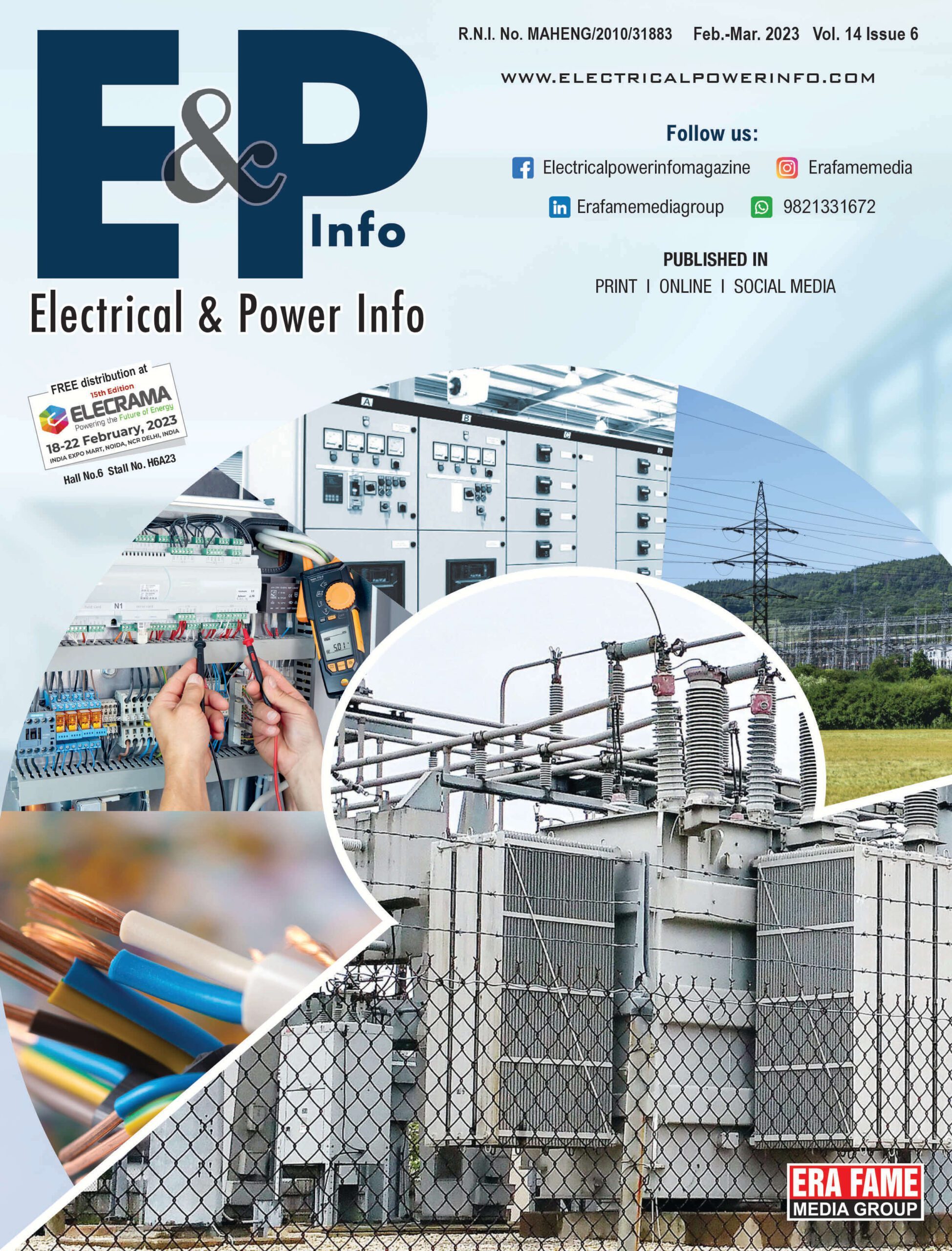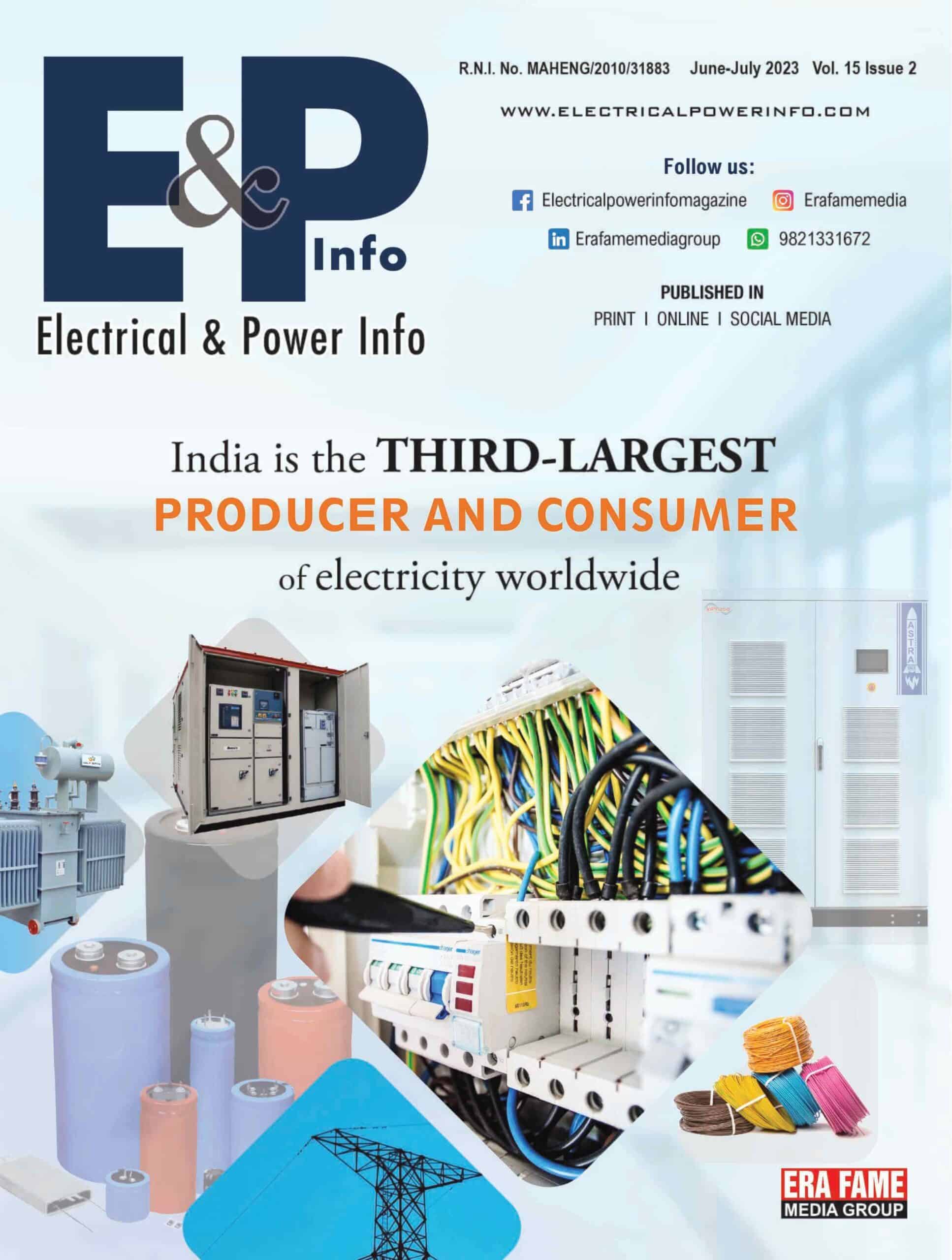The power sector in India has faced challenges such as financial stress in distribution companies, issues related to land acquisition for projects, and occasional policy uncertainties. Addressing these challenges is crucial for the sustainable growth of the sector.
Renewable Energy Growth: India has been making significant strides in the renewable energy sector. The government has set ambitious targets for increasing the share of renewable energy in the total energy mix, including solar and wind power.
Policy Initiatives: The government has been implementing various policy initiatives to boost the power sector, such as the Ujwal DISCOM Assurance Yojana (UDAY) for financial restructuring of power distribution companies and the Saubhagya scheme to ensure electrification of all households.
Electricity Generation Capacity: India has been continuously working on increasing its electricity generation capacity, both conventional and renewable. Investments in new power plants, both thermal and renewable, have been ongoing.
Energy Efficiency Programs: The government has been focusing on improving energy efficiency and has launched programs like the Perform, Achieve, and Trade (PAT) scheme for industrial energy efficiency.
Grid Modernization: Efforts have been made to modernize the power grid infrastructure to enhance reliability, reduce transmission losses, and integrate a higher share of renewable energy into the grid.
Power is among the most critical components of infrastructure, crucial for the economic growth and welfare of nations. The existence and development of adequate power infrastructure is essential for sustained growth of the Indian economy. The fundamental principle of India’s power industry has been to provide universal access to affordable power in a sustainable way. The Ministry of Power has made significant efforts over the past few years to turn the country from one with a power shortage to one with a surplus by establishing a single national grid, fortifying the distribution network, and achieving universal household electrification.
India’s power sector is one of the most diversified in the world. Sources of power generation range from conventional sources such as coal, lignite, natural gas, oil, hydro and nuclear power, to viable non-conventional sources such as wind, solar, agricultural and domestic waste. Electricity demand in the country has increased rapidly and is expected to rise further in the years to come. In order to meet the increasing demand for electricity in the country, massive addition to the installed generating capacity is required.
India was ranked fourth in wind power capacity and solar power capacity and fourth in renewable power installed capacity, as of 2021. India is the only country among the G20 nations that is on track to achieve the targets under the Paris Agreement.
India is the third-largest producer and consumer of electricity worldwide, with an installed power capacity of 426.13 GW as of November 30, 2023.
As of November 30, 2023, India’s installed renewable energy capacity (including hydro) stood at 179.57 GW, representing 42.1% of the overall installed power capacity. As of November 30, 2023, Solar energy contributed 72.31 GW, followed by 44.56 GW from wind power, 10.26 GW from biomass, 4.98 GW from small hydropower, 0.57 from waste to energy, and 46.88 GW from hydropower.


















